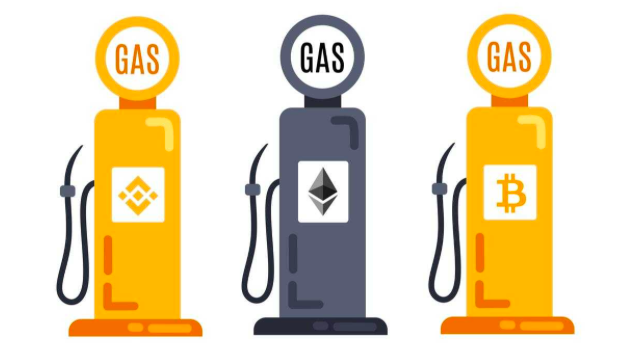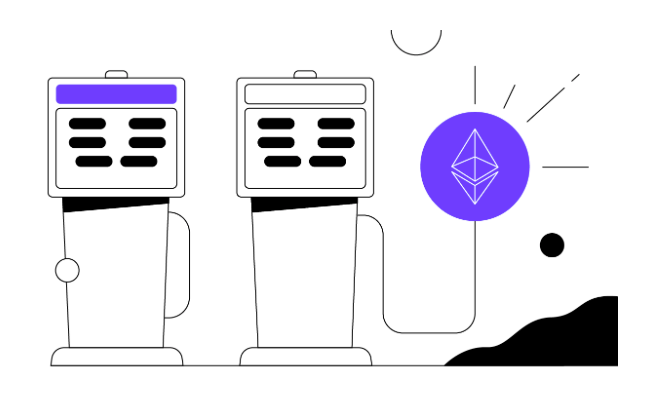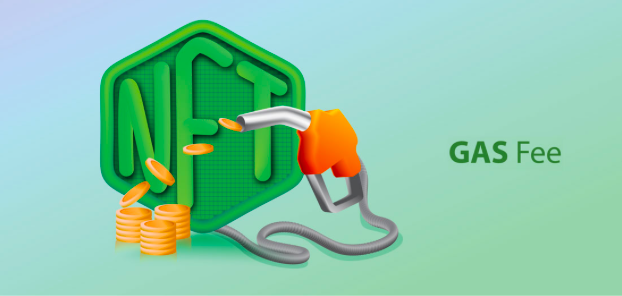Shockingly, cryptocurrencies have (more or less) broken through to the mainstream. In today’s world, cryptocurrencies may be used for anything from buying and selling non-fungible tokens (NFTs) to placing a meal order. In contrast, making a purchase using bitcoin has several challenges. Users must pay gas costs whenever they do a payment on the Ethereum network. To compensate miners for the computational resources required to verify a transaction, consumers provide them a reward.
Gwei, short for gas, may cost anything from $5 to $150 in the span of a few seconds. Those who are passionate about utilizing Ethereum have been particularly affected by its high pricing. Why are gas prices so high, and what can be done about it?
However, how exactly do gas fees get set?
Mining costs are established according to the market for computing power. For example, if there is a strong demand for Ethereum transactions, miners may ask for higher gas costs to process the transactions. But if the miner’s side is short on computing power, they may accept cheaper gas prices. More importantly, what? If a miner does not agree with the user’s gas limit (the maximum amount of gas costs the user is prepared to pay on the transaction), the user’s request will not be processed.
There are three components that make up the Ethereum transaction fee:
- Initial or baseline transaction cost.
- A user’s “gas limit” is the lowest amount they are prepared to spend for a transaction.
- Tip is an extra payment sent to miners in order to speed up the processing of your transaction.
Here’s how it usually works: Ethereum’s “mempool” (short for “memory pool”) stores all pending transactions until they can be executed. Within this system, miners pick and select which transactions they will verify.
The question then becomes, why are gas prices so high?
There are two main factors that contribute to high gas prices:
A Look at Ethereum’s Rising Star
Experts predict that by 2022, Ethereum will have increased in value by 400%. In addition to decentralized financial (DeFi) systems, Ethereum is used in a wide variety of other decentralized applications (DApps), such as games and supply chain solutions. To put it another way, gas costs for Ethereum increase as its popularity rises. Since miners will require more processing capacity to keep up with the increased volume of transactions on the blockchain, they will give preference to those having a higher gas charge maximum.
Applications across a wide range of fields
Ethereum’s practicality is one reason for its widespread adoption and high gas prices. Ethereum is the go-to platform for startups and entrepreneurs in a wide variety of industries, including but not limited to: banking, advertising, supply chain management, medical, trading non-fungible tokens (NFTs), and fundraising. Decentralized autonomous organizations (DAOs) & the initial coin offerings have both had their starts on the platform (ICOs). Further, many businesses benefit from Ethereum’s additional features. In the music business, for example, it facilitates the management of royalties by facilitating the automation of royalty payments using tokens. Gas prices have been rising as their widespread application has increased their demand.
In what ways can you save money on gas?
For four strategies to reduce your Ethereum gas costs:
- Use Ethereum when demand is low, such over the weekend. The need for computers drops as the number of users does too. Consequently, we will also be lowering the price of gasoline.
- Your gratuity should be decreased. Don’t feel compelled to hurry through a deal if it’s not urgent. Allow it to happen whenever it does.
- Utilize a solution for layer 2 scaling, such as Arbitrum. Since Layer 2 transactions occur outside of the blockchain network, they consume a negligible amount of processing resources and gas. In the end, Ethereum ensures the authenticity of the transactions.
- Discount, rebate, and subsidy DApps should be used. Balancer is one such DApp that may reimburse you for 90% of your petrol costs!
Buy coins with low gas fees
Ethereum’s scalability is hindered by gas prices, which causes some users to seek alternatives. “It seems, similar to DeFi apps, overcrowding and expensive gas prices have been driving NFT applications to utilize other blockchains,” said Nikolaos Panigirtzoglou, Managing Director at J.P. Morgan. In 2022, the decline in Ethereum’s NFT share might become more of a concern if it seems to be lasting.
Ethereum is aware of the issue and is attempting to reduce gas costs by switching from their present proof-of-work (PoW) model to the proof-of-stake (PoS) model. A date for Ethereum’s transition to the new paradigm has not been announced. Until then, use the advice above to save costs while trading cryptocurrencies.































































